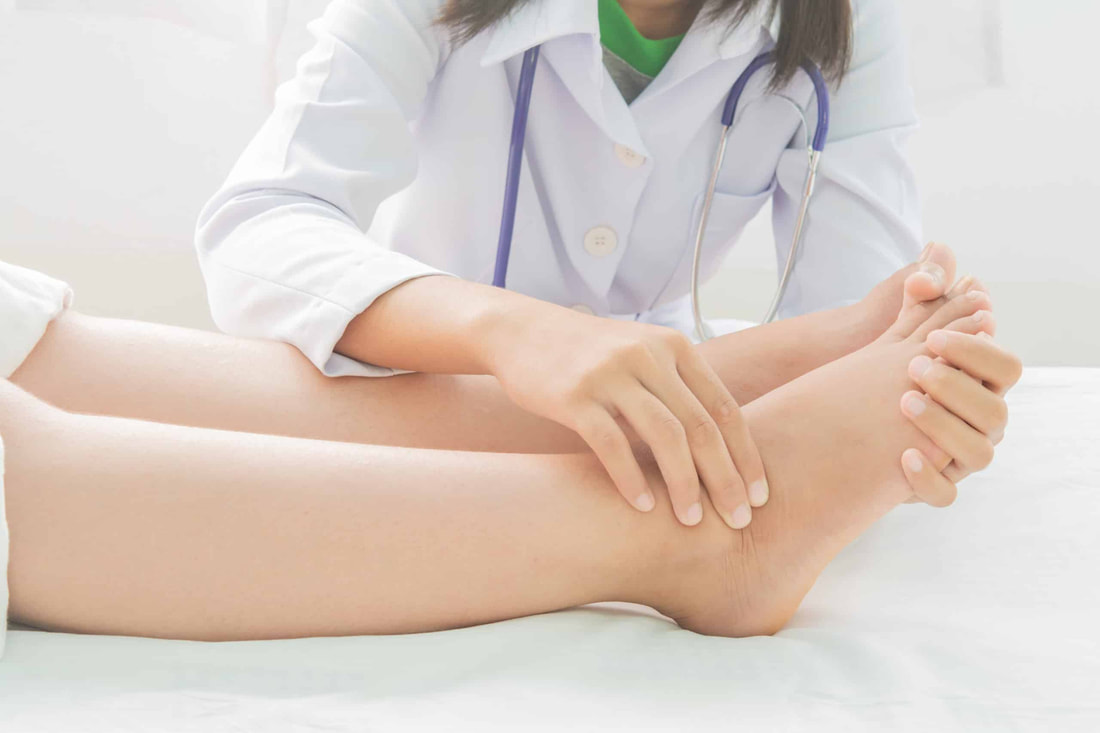-
Medical Massage Therapy
-
Medical Massage Therapy Near Me
>
- Fibromyalgia
- Stretch Marks Massage
- Swedish Relaxation Massage Near Me
- Deep Tissue Massage Near Me
- Sports Massage Therapy Tacoma
- New Cellulite Reduction Massage Near Me
- Aroma Therapy Massage Near Me
- Scalp Massage Therapy Near Me
- Facial Massage Therapy Near Me
- Pregnancy Massage Therapy Near Me
- Cupping Massage Therapy Near Me
- Back Massage Pain Therapy Near Me
- Carpal Tunnel Massage Therapy Near Me
- Reflexology near me
- Leg Massage
- Arms & Wrist Massage Therapy Conditions
- Shiatsu and Acupressure Massage Therapy Conditions
- Top Massage Therapist Near Me >
-
Medical Massage Therapy Near Me
>
- Lymphatic Drainage
- Liposuction Massage
- Lymphedema Benefits
- Elbow Tendonitis
- Five More Typical Kinds Massage
- Appropriate Massage Devices
- Products
-
Medical Massage Therapy
-
Medical Massage Therapy Near Me
>
- Fibromyalgia
- Stretch Marks Massage
- Swedish Relaxation Massage Near Me
- Deep Tissue Massage Near Me
- Sports Massage Therapy Tacoma
- New Cellulite Reduction Massage Near Me
- Aroma Therapy Massage Near Me
- Scalp Massage Therapy Near Me
- Facial Massage Therapy Near Me
- Pregnancy Massage Therapy Near Me
- Cupping Massage Therapy Near Me
- Back Massage Pain Therapy Near Me
- Carpal Tunnel Massage Therapy Near Me
- Reflexology near me
- Leg Massage
- Arms & Wrist Massage Therapy Conditions
- Shiatsu and Acupressure Massage Therapy Conditions
- Top Massage Therapist Near Me >
-
Medical Massage Therapy Near Me
>
- Lymphatic Drainage
- Liposuction Massage
- Lymphedema Benefits
- Elbow Tendonitis
- Five More Typical Kinds Massage
- Appropriate Massage Devices
- Products


